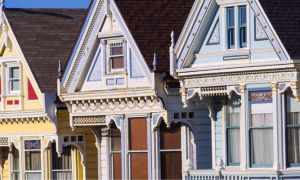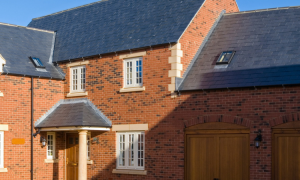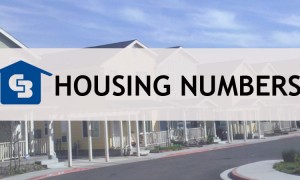Sales of existing homes ran up again last month, 4.5 percent above the May, 2015 total, according to the National Association of Realtors’ monthly release. Home sales came in at an annualized rate of 5.53 million compared with 5.29 million 12 months earlier. It was the highest pace of sales since February, 2007.
The jump came despite a few headwinds, according to Lawrence Yun, NAR’s chief economist. For one thing, low supplies of homes for sale continue to discourage many potential homebuyers by limiting their choices and pushing up prices.
In addition, demand from first-time homebuyers is still slack — and that may be a semi-permanent condition. A recent Bank of America survey of homebuying sentiment found that many young Americans have jettisoned the entire concept of “starter home.”
BofA reported that 75 percent of first-time homebuyers preferred to jump right to what Coldwell Banker has traditionally identified as the “American Dream Home.” This is, typically, a four bedroom, two bath, 2,200-square-foot, family-sized home that, in the past, young homebuyers aspired to in the future while instead choosing a more modest house to start with. Today’s young consumers would rather have something that is a little too big for their present needs but could fit their future prospects.
That wasn’t how things were done a generation ago, according to Budge Huskey, CEO of Coldwell Banker Real Estate. First-timers used to consider the first home as a sound way to build both wealth and the financial means that would enable them to step up to larger homes more easily later on.
Of course, many young homebuyers have the double whammy of a third headwind: the lukewarm economic recovery coupled with heavy student debt. NAR reported this month that 71percent of non-homeowners with student loans say that debt inhibits their ability to buy homes. These buyers simply feel they don’t have the means to jump into homeownership for the kinds of houses they desire. First-timers represented only 30percent of sales in May, down from 32 percent a year earlier and from the long-term average of about 40 percent.
“With first-time buyers still struggling to enter the market, repeat buyers using the proceeds from the sale of their previous homes as their down payment are making up the bulk of buyers,” said Yun.
Missing the boat
But by not buying over the past few years — if they were in a position to — young consumers did themselves no favor. Home price appreciation has been very strong. In the four years ended in April, the S&P/Case-Shiller national home price index has risen by more than 30 percent while rent increases have been higher than usual. So renters have missed out on a lot of equity building over that period.
With first-timers largely absent, the market depends much more on existing homeowners looking for a different home, according to Yun.
“The primary driver in the increase in sales is more homeowners realizing the equity they’ve accumulated in recent years and finally deciding to trade-up or downsize,” he said.
Yun expects strong sales to continue throughout the summer, barring a steep deceleration in job growth.
Prices still going up
With the share of sales to first-timers low, it’s no surprise that the national median price for homes sold in May reached a new high of $236,300, according to NAR. That’s up 4.5 percent year-over-year. Prices are particularly high in the western region and that has pushed down sales. They fell 1.7 percent compared with May 2015. All other regions reported increased year-over-year sales.
Here’s how sales broke down regionally:
| Region | Home sales | % Sales increase year-over-year | Median home price | % Price change year-over-year |
| Northeast | 770,000 | 11.5% | $268,600 | -0.1% |
| Midwest | 1.3 million | 4.8% | $190,000 | 4.8% |
| South | 2.28 million | 6.5% | $211,500 | 5.9% |
| West | 1.18 million | -1.7% | $346,900 | 7.7% |
Source: National Association of Realtors






